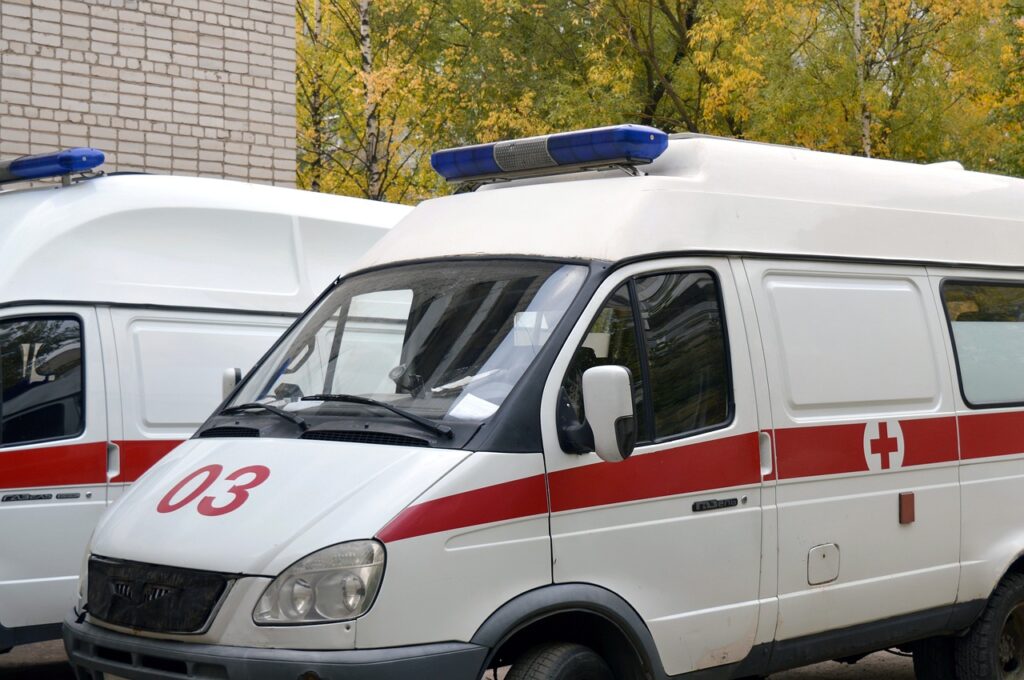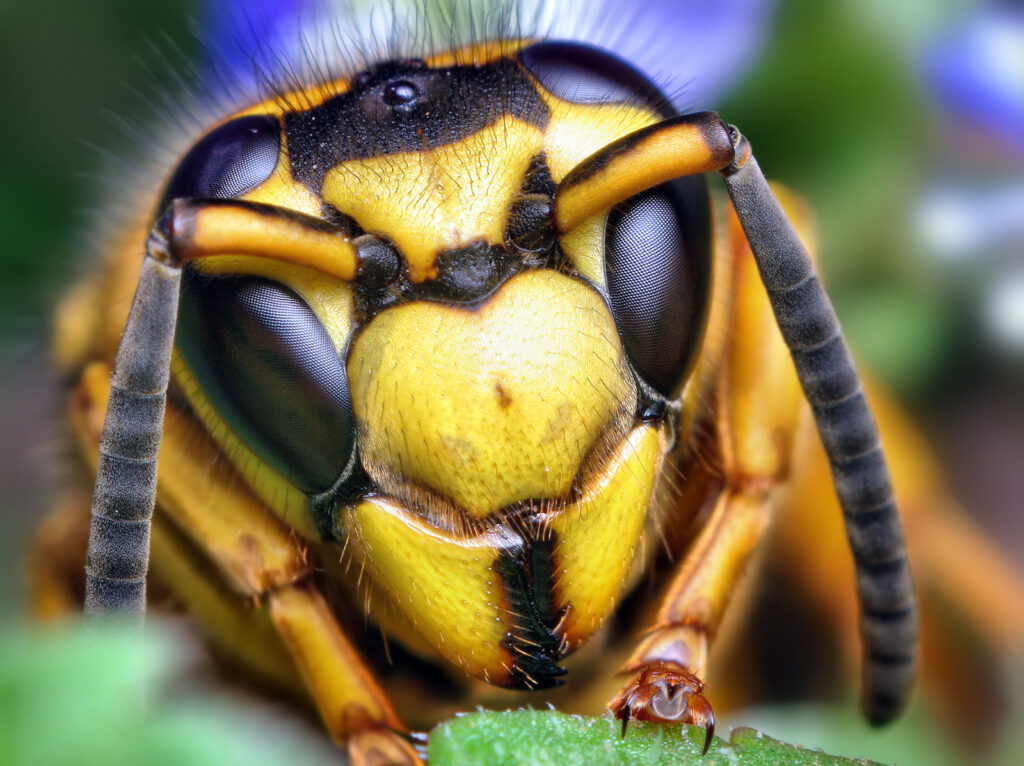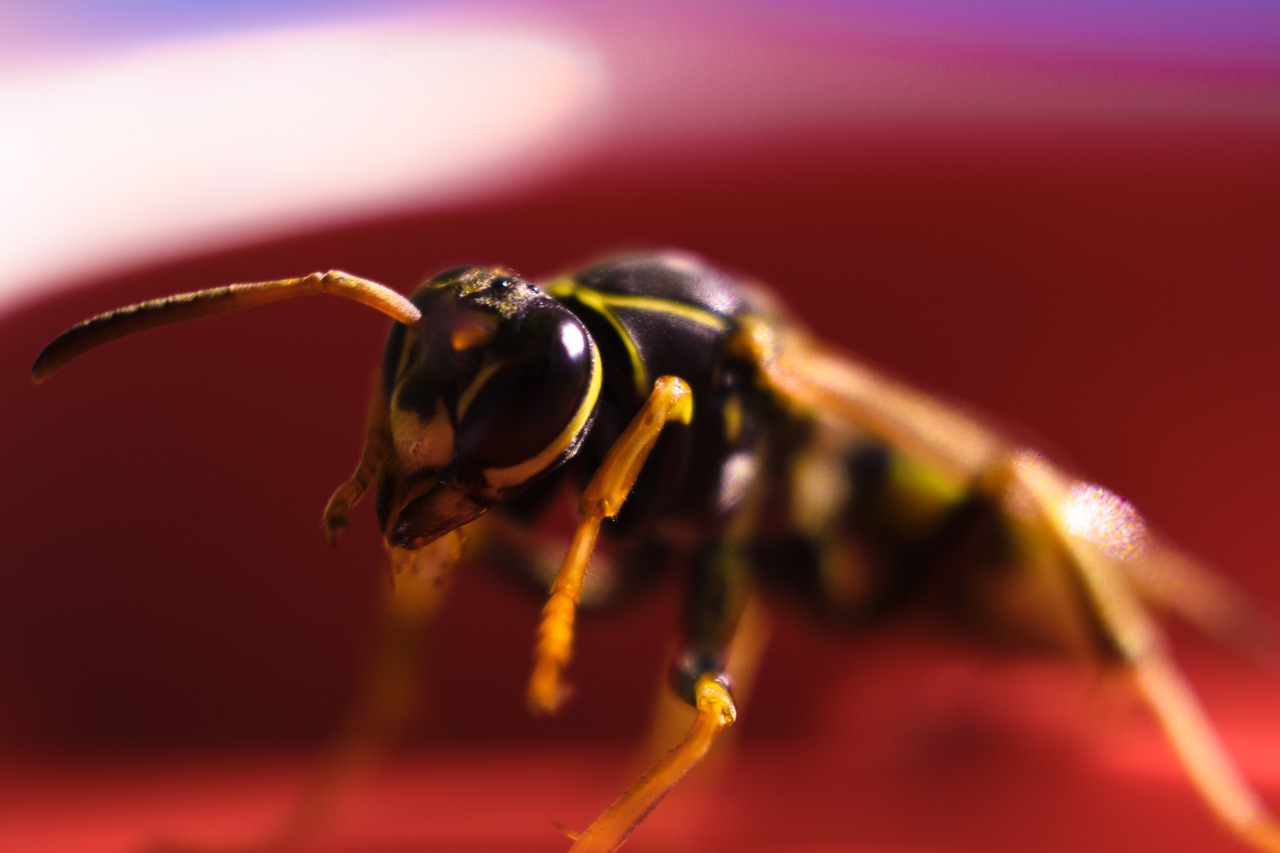Yellow jacket stings are not just painful — they can also be life-threatening. Thankfully, there are a lot of ways you can avoid yellow jacket stings.
Facts you should know — to avoid yellow jacket stings
1. Yellow jackets can sting for no reason
Yellow jackets are some of the most aggressive wasps you can have at home. They attack whenever they feel threatened. And they will feel threatened even if you are not actively harming them. Your mere presence is enough for them to attack you.
This is why having a yellow jacket infestation on your property is dangerous. It will be hard to avoid these stinging pests when they are directly on your property.
2. Yellow jackets can sting multiple times
Bees can only sting humans once because they leave their stingers behind on human skin and die in the process. But yellow jackets are different. They can sting multiple times. This is dangerous not just because of the pain of the attack itself but also because of the venom they inject into you.
Your body can react negatively to this venom, giving you a variety of symptoms, like lightheadedness and vomiting.
3. Yellow jackets are more likely to attack and sting during the colder months
Yellow jackets thrive during the warmer months of the year. This is because the insects, flowers, and fruits they eat are abundant. But during the colder months, these resources become scarce bit by bit and entire yellow jacket nests die out. Because of their hunger and vulnerability, yellow jackets are particularly aggressive during colder months, so you should be extra careful and avoid yellow jacket stings during this time of the year.
4. Yellow jacket stings can be life-threatening
The symptoms of yellow jacket stings don’t just end with lightheadedness, vomiting, and pain. There are other symptoms to look out for, such as difficulty in breathing and swelling in the mouth or throat. These additional symptoms are signs of severe allergic reactions.
If you experience these symptoms, seek medical attention immediately. They can be life-threatening.

How to avoid yellow jacket stings
1. Get rid of the yellow jackets on your property
The best way to avoid yellow jacket stings is to get rid of the yellow jackets in the vicinity. You can do this yourself, but you have to know what you are doing to effectively eliminate the nest and avoid the attacks of its inhabitants.
If the nest is in your wall, use a powerful vacuum cleaner with soapy water in its barrel to drown all the yellow jackets you suck in. If the nest is on the ground, pour soapy water down its entrance. But if you don’t feel these DIY solutions, you can always just use insecticides.
2. Call pest control professionals
The best thing about hiring pest control professionals is that you put yourself out of the equation. You don’t have to handle the yellow jacket nest yourself, so you are minimizing your vulnerability to yellow jacket stings.
Unlike you, pest control professionals have the experience, knowledge, and tools to deal with pest nests effectively and safely. You are sure that your problem will be solved, whereas DIY solutions have no guarantee.
3. Stay away from active yellow jacket nests
If you have trouble finding the yellow jacket nest bothering your property, you can actually follow the yellow jackets to see where they are nesting. But this isn’t always a smart move because you may be putting yourself at risk of yellow jacket stings. This is especially true during the warmer months of the year where their population is at its peak.
4. Get rid of the yellow jackets yourself during colder months
DIY solutions can still be effective and safe, especially during the colder months of the year where the yellow jacket population is dwindling. During this time of the year, yellow jackets also mate and hibernate to prepare for the warmer months. This means they are particularly vulnerable. If you choose to get rid of the yellow jacket nest yourself, it may be a good idea if you do it in fall or winter.
5. Don’t burn or smack the yellow jacket nest
Wasp nests are made of chewed wood. They are flammable, so it’s not a good idea to try to burn them, especially if they are in a wooden part of your home. This also puts you at risk of burns. It’s also not a good idea to smack wasp nests with a hard object like a baseball bat in an attempt to get rid of them. You will only disturb the wasps inside and they are going to attack you for threatening their nest.
6. Wear protective gear
If you are dealing with the yellow jacket nest yourself, cover yourself to avoid yellow jacket stings. The best protective gear is a bee veil, but you probably don’t have such a thing at home. You can cover yourself with long-sleeved shirts, pants, and gloves instead. You can also use a scarf to cover the lower half of your face.

What to do if you get stung by yellow jackets
1. Don’t panic
Sometimes, no matter how hard you try to prevent things from happening, they still happen. If you have suffered from a yellow jacket sting, don’t panic. If you are not in the right state of mind, it will only become harder to deal with the situation. Take a deep breath and walk away from the dangerous area where you have been stung. Avoid doing aggressive and big movements like flailing your arms because these actions may only attract or irritate the yellow jackets in the area more.
2. Look out for the signs of severe allergic reactions
Yellow jacket stings can result in pain, redness, and swelling. Many times, you can deal with them yourself. You can use calamine lotion, over-the-counter antihistamine, or over-the-counter pain reliever to help ease the pain, itching, and swelling. But look out for the signs of severe allergic reactions, especially difficulty in breathing and swelling in the mouth or throat.
3. Seek medical attention — if you see signs of a severe allergic reaction
If you see the signs of severe allergic reactions, don’t rely on home and over-the-counter remedies. Seek medical attention immediately because these reactions can be life-threatening. One of the most common solutions is an epinephrine autoinjector. If you have a history of severe allergic reactions to yellow jacket stings, it’s also a good idea to include such a thing in your first-aid kit.

